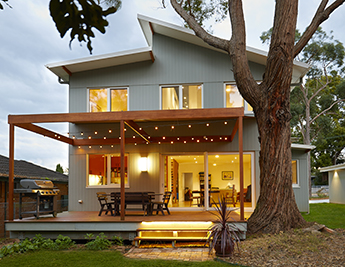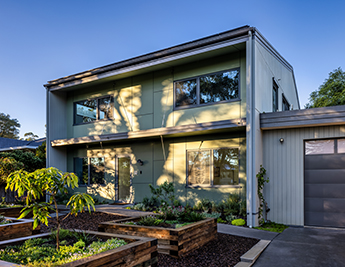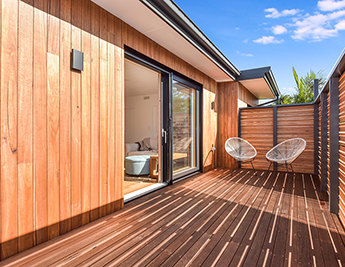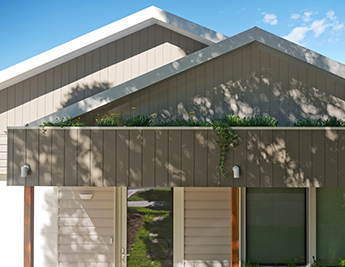Ventilation: HRV vs ERV
All Passive Houses need a reliable mechanical ventilation system. They are most commonly referred to as mechanical ventilation heat recovery (MVHR) or heat recovery ventilation (HRV) units the emphasis being heat recovery.
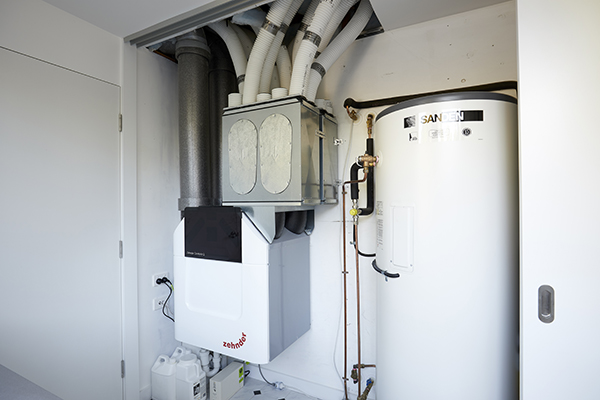
However, energy recovery ventilation (ERV) units are also available. They recover both heat energy and humidity from the air which can be beneficial in climates with too much or too little humidity. ERV cores are slightly less efficient at recovering heat than HRV so the benefit of using ERV needs to be clear.
Passive House modelling shows that Sydney benefits from having some dehumidification at certain times of year. If this indicates a ‘humidity problem’ in this climate it is logical to ask, should I be using an ERV rather than an HRV?
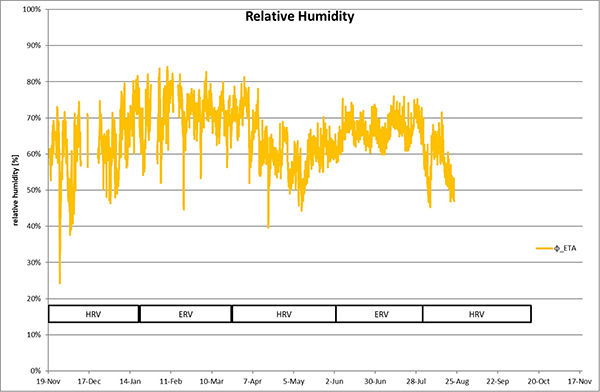
We have been monitoring our Thornleigh Passivhaus and alternating between ERV and HRV cores (they are physically the same size so are easily switched). The results for the first ten months are in, the short answer is that in Sydney an ERV brings little additional value.
Winter is quite clear cut, the humidity levels inside the home remain lower, but still very comfortable, with the HRV core. The ERV core increases the humidity levels as it is not exhausting all of it to the outside. The ERV core does appear to hold the absolute humidity at around 10g/kg; during winter this is translating to a relative humidity of 60-70%. On balance, the HRV is a better option in Sydney in winter.
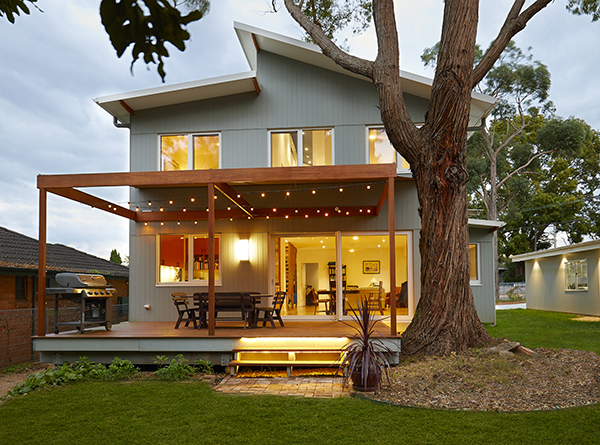
Summer is less straight forward. In this particular home, the clients actively used window operation during summer to control temperature. On the warmer days when evening temperatures dropped, they opened the windows to draw high volumes of cooler air through the house, cooling it rapidly without the use of electricity. By using the windows (and also the bypass mode on the ventilation unit) there is no opportunity to recovery moisture as the air is not going through the exchanger.
As a result of this conscious behaviour, indoor humidity is tending to track outdoor humidity with the HRV core. The use of the ERV core in summer sees a slight buffering effect of the humidity but not enough to justify the lost heat recovery efficiency (they are less efficient than HRVs).

These conclusions can only be applied to similar circumstances. One obvious factor in the Thornleigh house is the client’s operation of the building and their personal comfort levels.
While the house has a dehumidifier, it is rarely used. If the home were to be operated without the use of windows for cooling (i.e. just used the air conditioner) and the occupants decided to control (lower) humidity through the use of the dehumidifier then the case for ERV may be stronger.
It should also be mentioned that while the humidity levels look high, often sitting above the 12g/kg absolute humidity threshold of passivhaus, the clients have felt comfortable.
These findings are useful for the future of certified passive houses in Sydney as it allows for discussion with home owners as to how their lifestyle will influence the choice of ventilation core.
 1300 348 006
1300 348 006
